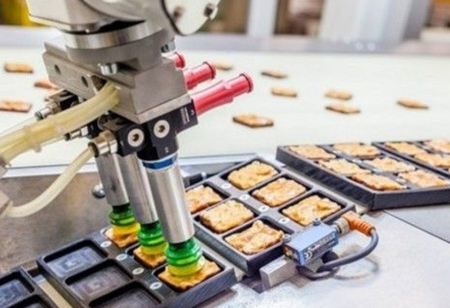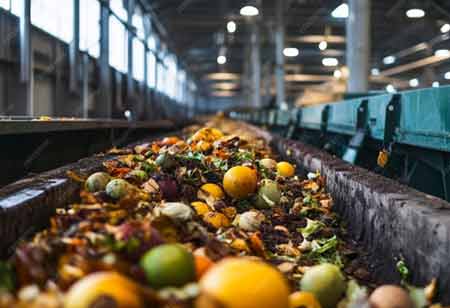THANK YOU FOR SUBSCRIBING
Be first to read the latest tech news, Industry Leader's Insights, and CIO interviews of medium and large enterprises exclusively from Food and Beverage Tech Review
How Advanced Technology is Impacting the Food Industry
The food industry is adopting new advanced technologies to increase productivity and customer satisfaction.

By
Food and Beverages Tech Review | Tuesday, November 24, 2020
Stay ahead of the industry with exclusive feature stories on the top companies, expert insights and the latest news delivered straight to your inbox. Subscribe today.
The food industry is adopting new advanced technologies to increase productivity and customer satisfaction.
FREMONT, CA: The current year has been extremely challenging for the entire food industry. However, the focus on the new technologies can be a silver lining for the food industry. The companies implementing technologies can utilize the correct combination of solutions that will optimize the operation and enhance the customer experience. The demand for collaboration between kitchen robotics, drones, and cloud kitchens increases among the customer and the food industry.
The other technologies that are making their place in the industry consist of artificial intelligence (AI), smart data, blockchain, and precision farming. The idea of applying automation in the restaurant space was not new pre-COVID. Today, smaller restaurants are more dependent on robotic technology, while the more prominent companies are using AI and machine learning. The demand for Virtual (cloud) kitchens is also rising slowly and steadily.
This year has brought new challenges related to automation, shifting millennial preferences, driving focus and investment, and in the area of cloud kitchens.
Employee replacement
Most of the food industry companies are worried about whether automation will replace human employees as the sector is mostly labor-oriented. It has been seen that it is not possible to replace humans entirely from the food industry instead, the labor will shift towards other areas of the field and bring new roles. Automation does not mean there will be fewer jobs. It will increase productivity and develop new roles for employees. Automation can also help in critical situations like lockdowns, as when the employees have to stay at home.
Adding value with technology
Automation can even increase the value of the company. Many restaurants invest vast amounts of money every year to optimize every feature, starting from delivering, cleaning, ordering, and queueing. A common example of fast food automation is the adoption of order kiosks and apps.
Today, most restaurants are dependent on these apps or automation processes to increase the ordering process's speed and allow customization for customers. Social distancing has also helped many restaurants, pubs, and cafes depend on a combination of QR codes and apps to track and trace visitors to avoid interactions.
Check out: Top Food and Beverages Consulting/Service Companies
I agree We use cookies on this website to enhance your user experience. By clicking any link on this page you are giving your consent for us to set cookies. More info







